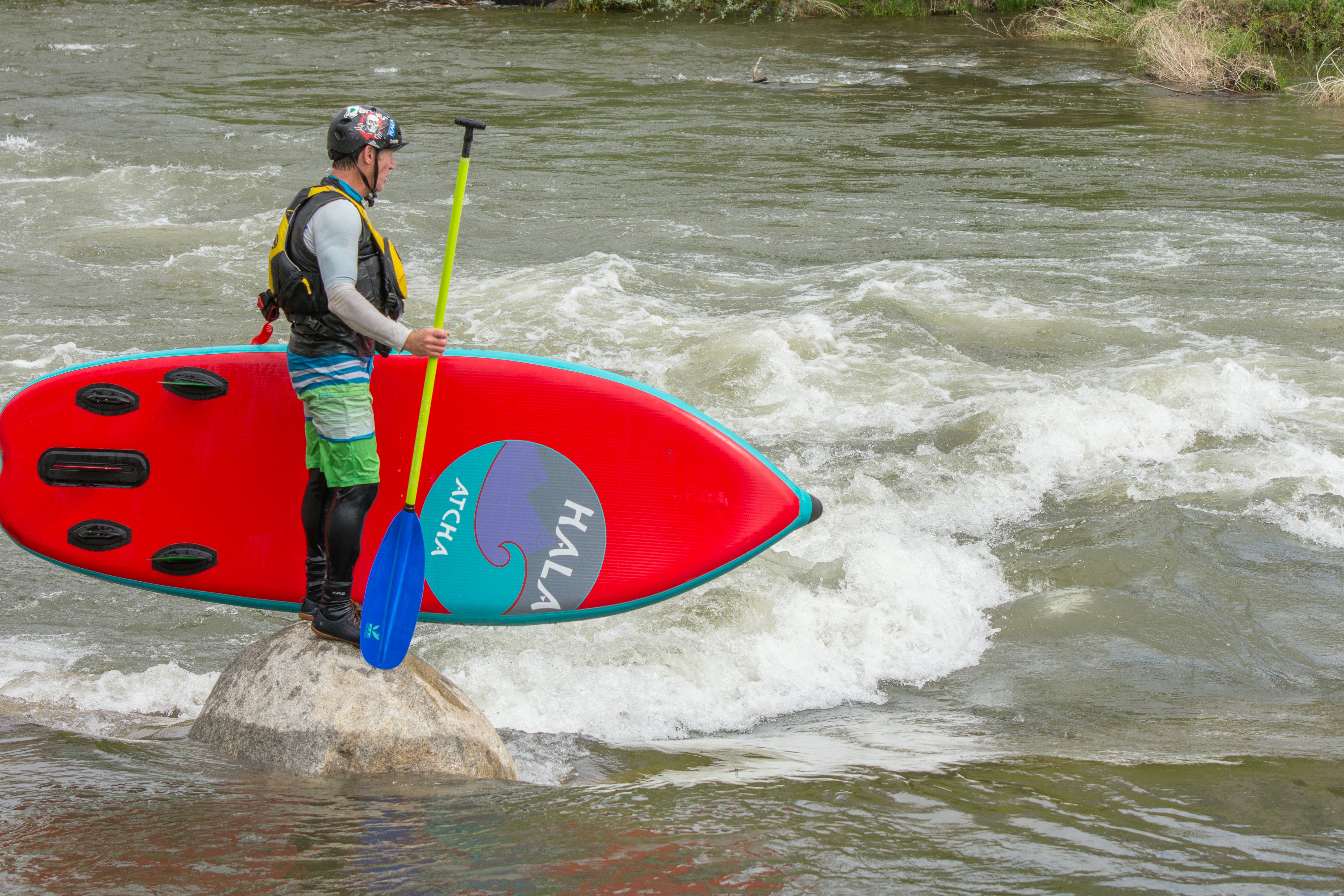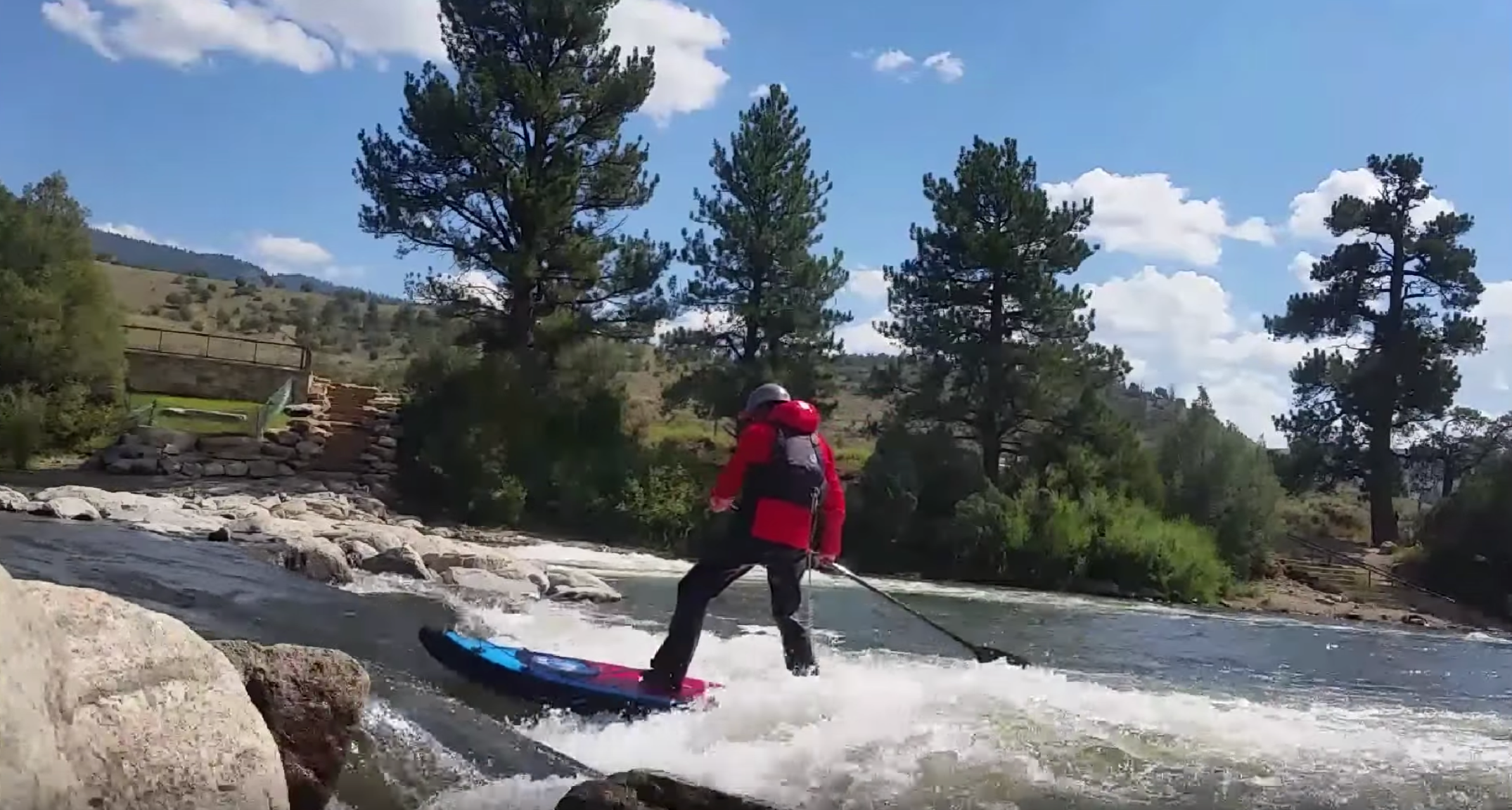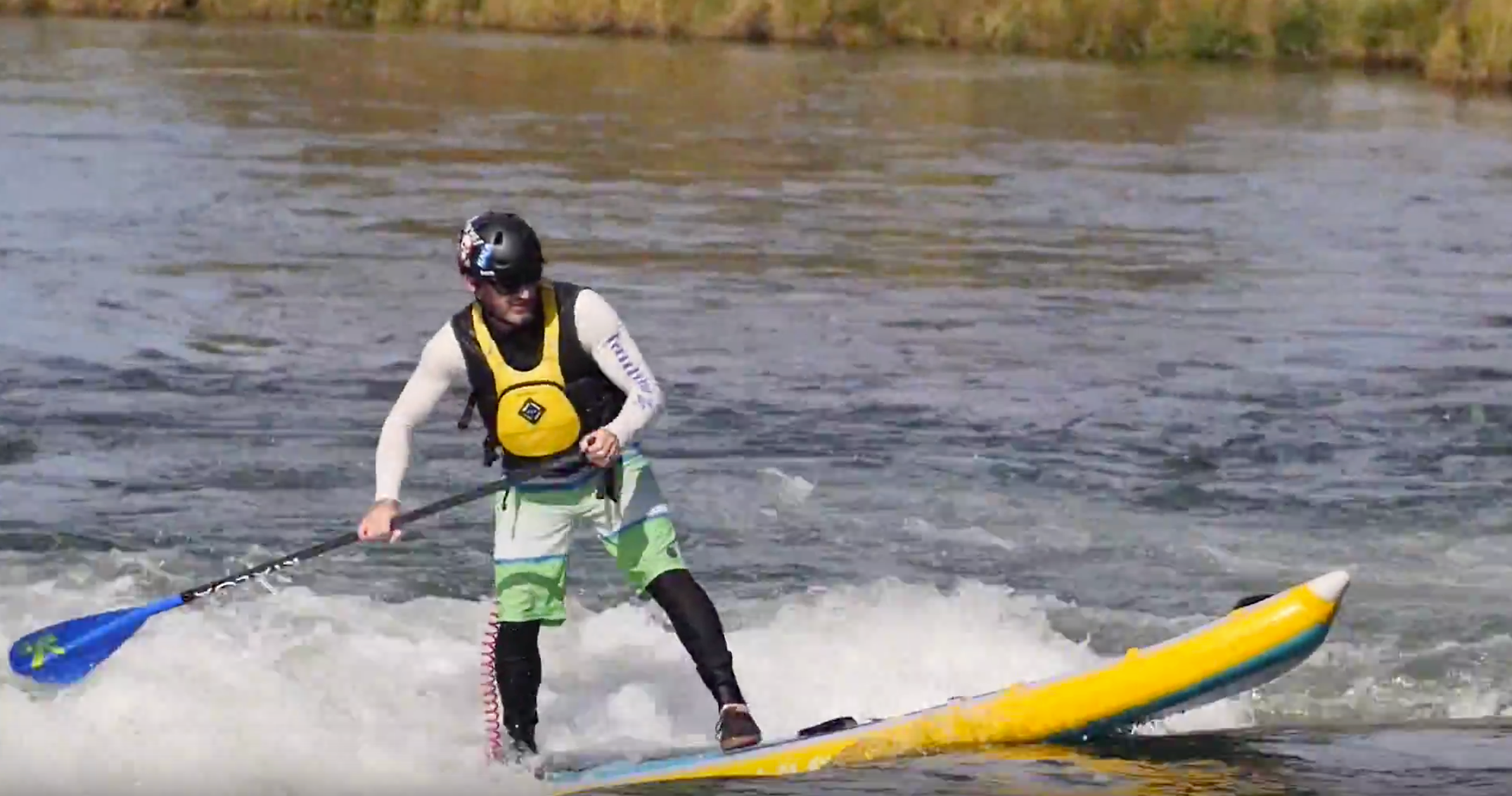
Inflatable vs. Hardboard: Which one is right for you?
People message me all the time asking this one question: “Should I get an inflatable or a hard SUP?”
The answer is not simple. I love both inflatable and hard boards, it just depends on what I’m using them for. There are also crappy boards that you should avoid if you want to make your financial investment actually worth it.
The Basics
Inflatable Boards
I love to use inflatable boards for rivers, traveling, friends who are new to the sport, dogs, and basically putting the board through the wringer. I use Hala's inflatable boards because they are really heavy-duty and I don’t have to worry about seam failures through wear and tear as much as I would worry about damaging hard boards.
Hard Boards
Hard boards are great if you like the feel of a highly responsive, rigid board. Although some inflatables can get very rigid, they don’t entirely match up to an actual hardboard. But, unless you’re already familiar with board sports and used to the hardboard feel, I doubt you will notice that a good quality inflatable board is not as rigid because the differences can be minute. I’ll go into details about this later…
I go for a hardboard when I want to paddle long distances fast because it glides a bit easier on the water than an inflatable. Hard boards also are easier to surf (both ocean and river) than inflatable boards.
The Breakdown
Paddleboards are expensive, but if you find a SUP that’s less than $700, DON’T BUY IT! You will not have a good time. Granted, there may be some outliers, but definitely approach cheap boards with caution. Good inflatable boards are not cheaper than hard boards. Accept the investment and go for a board that will fit your intended use.
There are a lot of paddleboard manufacturers out there, so it’s hard to say what brands are better than others, but generally here's what I look for when shopping for a decent board.
But what about the boards sold Costco and Walmart?
They run about $200-$500. If you enjoy standing on a pool toy for one or two seasons before it pops, then this is the board for you. These boards are made from lower quality material that is not as durable. You cannot pump it up to a high PSI (pounds per square inch), therefore the board will never be rigid, which leads to having a sloppy, unresponsive board. It will not be able to withstand temperature changes as well (going from hot land to cold water).
Beware of boards from smaller companies that are very similar. The SUP market is definitely saturated, and there are a ton of companies out there with the same generic Chinese inflatable board model, just with a different color scheme or logo slapped on it.
How to avoid accidentally buying a crappy inflatable board:
Check out what the manufacturer recommends as the suggested PSI. If its suggested PSI is lower than 14, DON’T BUY IT. You won't have a good time. Boards that can withstand a higher PSI mean that they have a higher drop stitch thread count, which is the term used to describe the number of threads that are holding the top and the bottom of the board together. In layman's terms, the threads are responsible for keeping your board board-shaped and not water-weenie shaped. High PSI also means that the board will be more rigid, which will contribute to higher performance. Higher quality inflatable boards have a better ability to withstand hard blows and temperature changes before blowing out and turning into a water-weenie or experiencing a seam failure.
Some inflatable boards will feel more rigid than others, despite both having a high PSI. This is because some boards have a reinforced stringer. The stringer is the material used in the center of the board. Reinforced stringers are a new development in the inflatable SUP world, but it makes a huge difference when we are talking about a board that performs better.
What exactly is a hardboard?
This is a broad term to describe a multitude of materials that go into making a SUP. The majority of paddleboards have a foam core. The material/density of the foam core varies depending on the quality of the board the company is going for. From there, different companies will add on different materials.
So let’s start with the cheapest boards.
The foam-top boards
Foam-tops are foam at the core, then the top of the board has a different type of foam covering it, and a sheet of plastic on the bottom of the board. I would not recommend buying a foam board, because it is super easy to puncture through the foam, and if you’re familiar with skiing/snowboarding jargon, you will “Core-Shot” the board. That means that a puncture allows water to get into the foam-core, which will cause the foam to sponge up with water and turn your 18-pound board into a 30-pound board. Repairing the foam-top boards are pretty futile. I’ve seen people try to put stickers over the holes, but as you can imagine, it doesn’t do much.
Fiberglass boards
These boards are light, often very high-performance boards. They have a foam core and fiberglass over the top. Some boards will have carbon fiber. The boards that you see like this are often race or surfboards. They are really light, fragile, and a bit of an investment. They cost more because they are technical and shaped in a way to promote high performance. A lot of skill and time went into producing boards like this. I’ve been riding 404 SUP boards lately for ocean surfing and long-distance paddling, and I’m really pleased with their shape and construction.
Composite boards
These boards have a foam core, fiberglass, and are topped off with a heavier duty material to protect the fiberglass from getting punctured. Some companies use a plastic material, epoxy, or wood overlay. These boards are part of a very broad category, but if this is your first SUP and you want a hard board, then I recommend shopping around and getting a board of this variety that fits your needs. If you want to geek out on the construction of these boards, I found this blog post to be pretty informative. There are composite boards out there that fit all different styles, including rivers (they will often have a thicker protective coating over the fiberglass to protect getting dings from hitting rocks).
The last kind of SUP that I will touch on, but I do not see them around as much anymore, is a hard, hollow plastic SUP. These boards are beasts – meaning that they are really big and really, really heavy. Think of these boards like kayaks as far as comparing the quality of plastic construction. Else than that, I would avoid hard plastic SUPs.
A word of advice
A SUP is an investment regardless of what kind you get. They are expensive either way, so you might as well get a paddleboard that will last several seasons. Cheaper boards, regardless of whether they are inflatable or hard, are much more difficult to repair than boards that are made of higher quality materials. So if you think about it, you will get much more use out of your money if you suck it up and get something that is higher quality. And if you don’t like it, selling a higher quality board that still performs is going to be much easier than selling your Walmart special.
There are many shapes and sizes of paddleboards, so it’s crucial that you understand what the different features are going to do for you and make sure that it’s a good fit for where you want to take your paddleboard!
Cami Swan is a team rider for Hala Gear.



Leave a comment
This site is protected by hCaptcha and the hCaptcha Privacy Policy and Terms of Service apply.